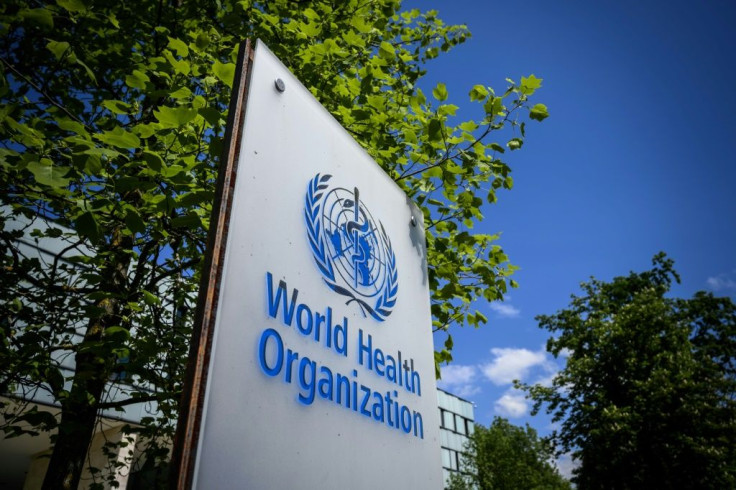How Does Coronavirus Spread? WHO Walks Back Comments About Rarity Of Asymptomatic Transmission

KEY POINTS
- WHO official says she was referring to a small number of studies that found asymptomatic transmission was rare
- Other studies suggest 40% of global transmission may be due to asymptomatic individuals
- Another WHO official said there is too much still unknown about "transmission dynamics"
The World Health Organization on Tuesday walked back statements that asymptomatic coronavirus carriers rarely transmit the virus to others. At a hastily called news conference, Maria Van Kerkhove, head of WHO’s emerging disease and zoonosis unit, said her remarks had been misunderstood.
“In that I used the phrase 'very rare,' and I think that's misunderstanding to state that asymptomatic transmission globally is very rare,” she said in clarifying her statement. “What I was referring to is a subset of studies,” adding, “We do know that some people who are asymptomatic, or some people who do not have symptoms, can transmit the virus on.”
“We don’t actually have that answer yet,” she said.
WHO emergency programs head Mike Ryan said there is too much still unknown about the disease to be certain about “transmission dynamics.”
“It’s clear that both symptomatic and asymptomatic individuals are part of the transmission cycle. The question is what is the relative contribution of each group to overall number of cases,” Ryan said.
To confuse the situation further, there is disagreement about the meaning of asymptomatic: There are people who are infected but never develop symptoms; there are those who are infected who have yet to develop symptoms and should be considered presymptomatic, and there’s a third group with only mild symptoms and aren’t aware they had the disease until later on.
“It’s a mess. I don’t know why they would say asymptomatic transmission is very rare when the truth is we simply don’t know how frequent it is,” Eric Topol, a professor of molecular medicine at Scripps Research, told the Washington Post.
Studies indicate about 16% of the population may be asymptomatic; others suggest 40% of global transmission may be due to asymptomatic individuals. But the majority of infections are transmitted by people who have symptoms.
Van Kerkhove's Monday remark created a firestorm on Twitter, prompting backlash about the necessity of confining people to their homes to stem spread of the virus.
FFS. The World Health Organization strikes again. If we'd known this at the start of the pandemic, social distancing/lockdown measures could have been much less severe than those implemented. Asymptomatic spread of coronavirus is 'very rare,' WHO says https://t.co/CNiJMugWQm
— Lorrie Goldstein (@sunlorrie) June 8, 2020
By early afternoon Tuesday, the worldwide death toll from COVID-19 had surpassed 407,800.
© Copyright IBTimes 2025. All rights reserved.






















